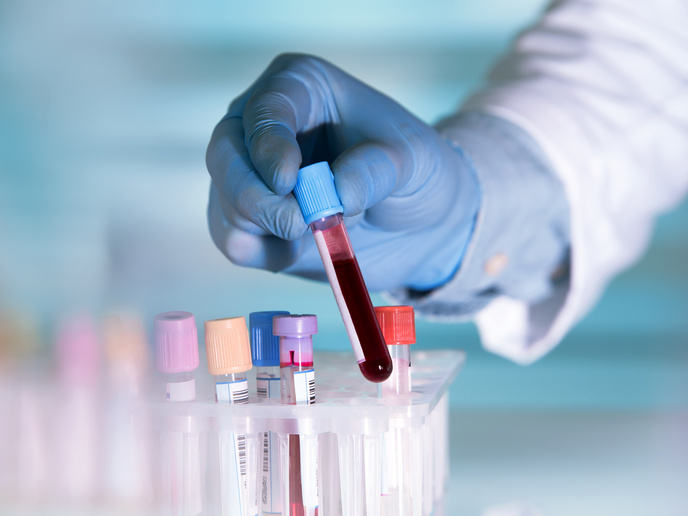Embryo development depends on epigenetic chaperones
Research shows that large-scale epigenetic reprogramming occurs twice in a lifetime. The first is after the formation of a zygote and the second on production of the germ cells that are going to give rise to gametes for sexual reproduction. Researchers with the CHAPERONES (The role of histone chaperones during epigenetic reprogramming) project have looked at specially bred knockout mice to determine the effects of a gene, a histone cell cycle regulator (HIRA) on embryo development. They used a range of state-of-the-art genomic techniques including messenger RNA (mRNA) microinjection, RNA sequencing and single oocyte whole genome bisulphite sequencing. CHAPERONES results show that the Hira protein is responsible for the continuous turnover of histone variants H3.3 and H4 in the postnatal oocytes. Hira depletion causes extensive oocyte death and failure to support reprogramming in the zygote and embryonic development. Reduction in Hira protein is also responsible for accumulation of DNA damage. Continuous histone replacement is necessary for the full dynamic range of gene expression and transcriptional transitions associated with oocyte development. Epigenetically, it is also needed for new methylation during oocyte development. These particular themes have featured in the peer-reviewed journal Molecular Cell. Hira mutation in mice could have parallels with premature ovarian failure in women under the age of 40. In other words, there is an association between failure of germ cell development and premature ovarian failure. CHAPERONES research could well lead to an understanding of how this condition arises at a molecular level with significant implications for infertility treatment.







